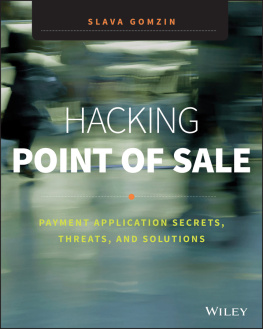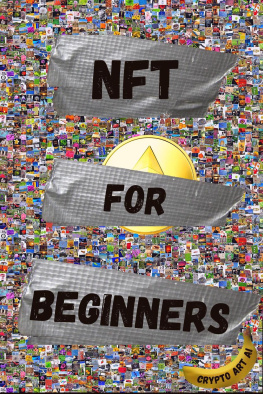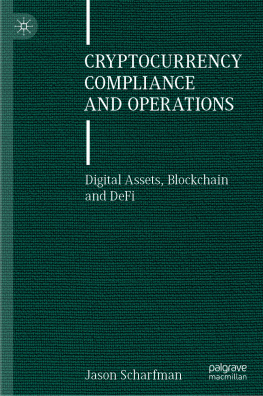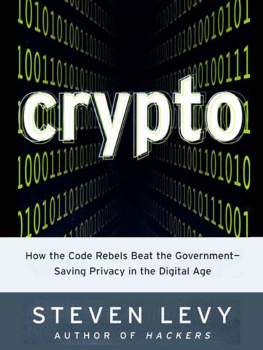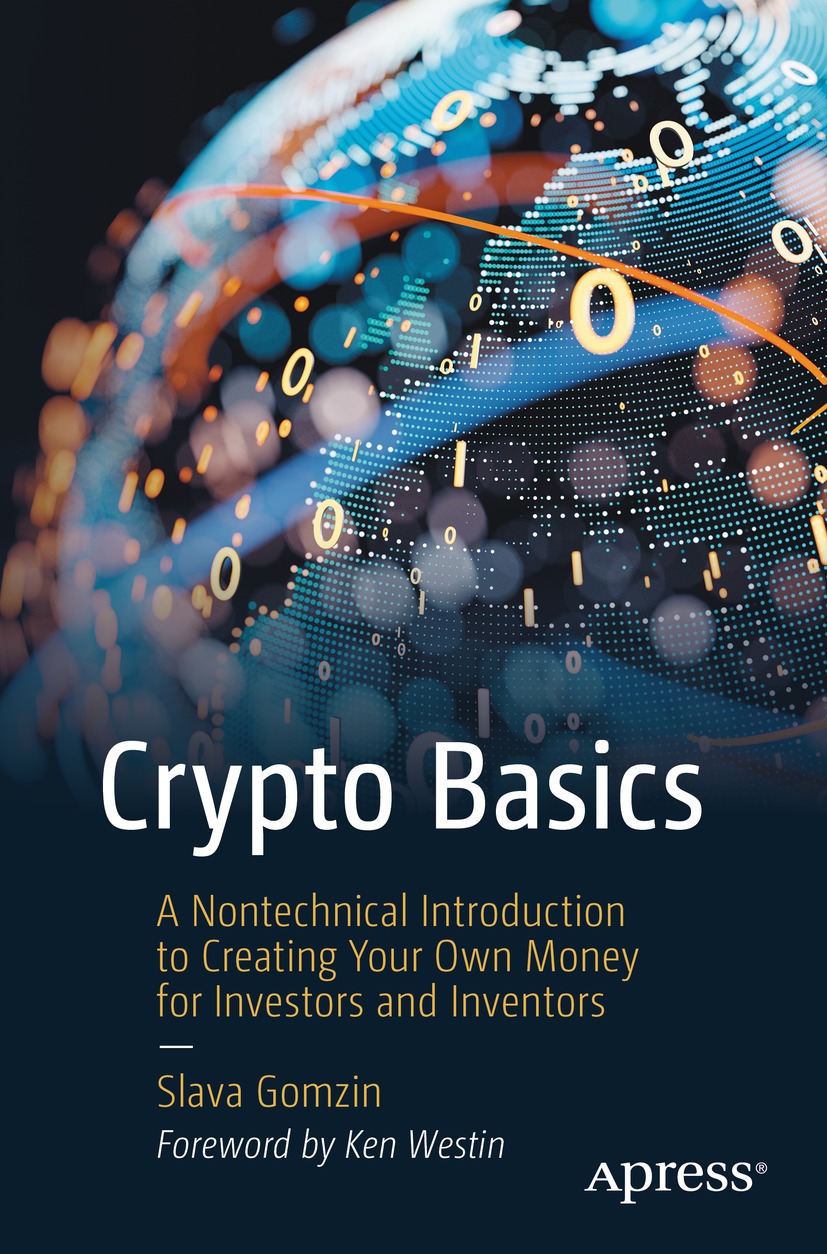Slava Gomzin - Crypto Basics: A Nontechnical Introduction to Creating Your Own Money for Investors and Inventors
Here you can read online Slava Gomzin - Crypto Basics: A Nontechnical Introduction to Creating Your Own Money for Investors and Inventors full text of the book (entire story) in english for free. Download pdf and epub, get meaning, cover and reviews about this ebook. year: 2022, publisher: Apress, genre: Romance novel. Description of the work, (preface) as well as reviews are available. Best literature library LitArk.com created for fans of good reading and offers a wide selection of genres:
Romance novel
Science fiction
Adventure
Detective
Science
History
Home and family
Prose
Art
Politics
Computer
Non-fiction
Religion
Business
Children
Humor
Choose a favorite category and find really read worthwhile books. Enjoy immersion in the world of imagination, feel the emotions of the characters or learn something new for yourself, make an fascinating discovery.
- Book:Crypto Basics: A Nontechnical Introduction to Creating Your Own Money for Investors and Inventors
- Author:
- Publisher:Apress
- Genre:
- Year:2022
- Rating:5 / 5
- Favourites:Add to favourites
- Your mark:
Crypto Basics: A Nontechnical Introduction to Creating Your Own Money for Investors and Inventors: summary, description and annotation
We offer to read an annotation, description, summary or preface (depends on what the author of the book "Crypto Basics: A Nontechnical Introduction to Creating Your Own Money for Investors and Inventors" wrote himself). If you haven't found the necessary information about the book — write in the comments, we will try to find it.
Part I, Understanding Crypto, explains the technology and economic, security, and usability aspects of crypto. This is an introduction to the world of cryptography, blockchain tech, and other elements of crypto such as security, privacy, and a detailed review of payment processing.
Part II, Using Crypto, provides the practical knowledge you need to dive into the crypto business such as investment, trading, and even creating your own crypto project.
Part III, Creating Your Own Crypto, teaches you how to launch your own crypto project and create your own cryptocurrency.
What You Will Learn
- Know how cryptography, Bitcoin, and other cryptos work
- Understand how crypto becomes money, and how crypto exchanges work
- Use crypto as a payment method
- Buy your first crypto and know what exchange you should use
- Be aware of the most dangerous crypto attacks and what to do about security and privacy
- Maintain anonymity and privacy while dealing with crypto
- Know how Monero (the most popular privacy-centric cryptocurrency) works
- Create and run your own crypto project
- Create your own token, both regular (fungible) and NFT (non-fungible), from selecting the platform to economics and finances
Who This Book Is For
Crypto inventors, entrepreneurs, developers, investors, and advisors who are thinking about creating their own cryptocurrency; traders and investors, both professional and amateur, looking to enter the crypto markets; and software architects, developers, managers, consultants, executives, and crypto enthusiasts working for merchants, banks, fintech companies, and many other businesses that have started accepting crypto payments or dealing with other aspects of crypto
Slava Gomzin: author's other books
Who wrote Crypto Basics: A Nontechnical Introduction to Creating Your Own Money for Investors and Inventors? Find out the surname, the name of the author of the book and a list of all author's works by series.


